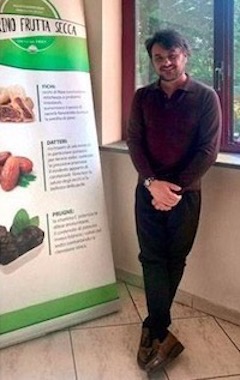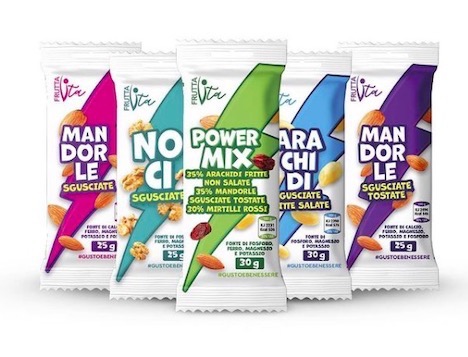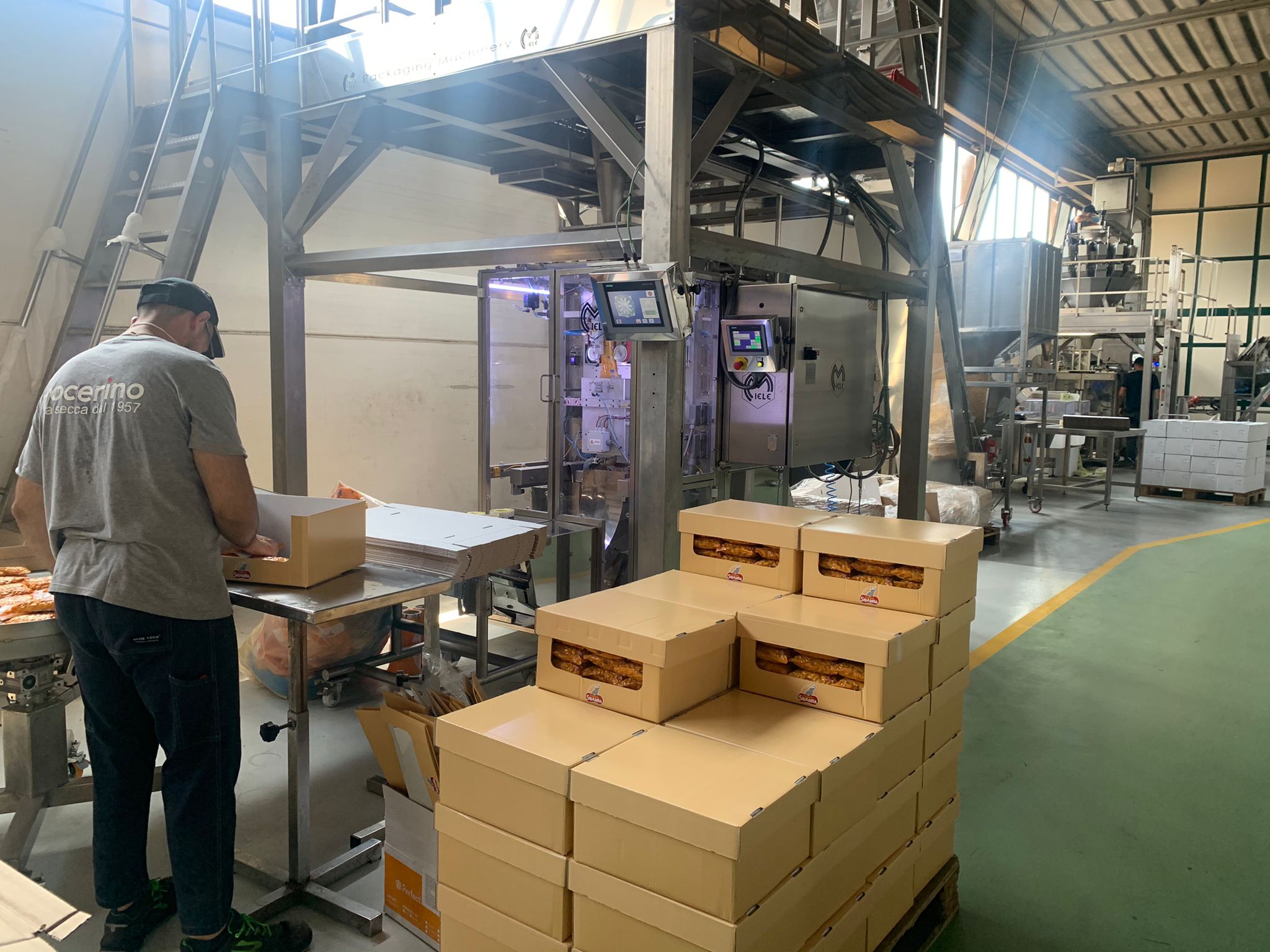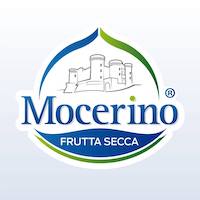 “The Italians cannot wait to restart after the pandemic – whether it is for an aperitif or for dinner, any occasion is welcome to meet friends,” reports Giuseppe Mocerino, owner of a family business with two branches in Campania (productive) and Lazio (operating).
“The Italians cannot wait to restart after the pandemic – whether it is for an aperitif or for dinner, any occasion is welcome to meet friends,” reports Giuseppe Mocerino, owner of a family business with two branches in Campania (productive) and Lazio (operating).
Demand is increasing, “in particular, there has been a considerable increase in the production of almonds and peanuts, both roasted and spicy, as well as of corn or rice snacks which are perfect after work or at the beach.”
“Our assorted mixes are also proving very popular – one packet contains three types of snacks and mixed dried fruit, perfect to nibble on with friends.”

The first semester of 2021 was positive for Mocerino Frutta Secca, which registered a turnover 35% higher than in the previous year.
The interest in finding new gourmet flavors and experimentation have made dried fruit the protagonist of healthy tasty dishes. What is more, new culinary trends have also changed the tradition that saw dried fruit only as an accessory food or something for special occasions, especially in southern Italy. Nowadays it is no longer used just for pastries, it is used more and more in our everyday lives.

“Innovation is the leading driver for this growth. From a commercial point of view, it is essential to attract the attention of consumers using innovative advertising that focuses on the topics with a bigger impact: our marketing department has opted for well-being and the safeguard of the environment. It is therefore essential to choose healthy claims and develop sustainable packaging solutions. What is more, our trends highlight the inclination of Italians to choose single-portion packets, which are more in line with their everyday needs.”

“As for the quality/price ratio, I believe dried fruit is still an élite product. Many factors affect prices, especially the costs to import raw materials and packaging, as well as the costs to dispose of waste materials. Product quality (BRC/IFS) and environmental (ISO) certifications also weigh in on the corporate budget. Of course automated productive systems could drive costs down, reducing the need for labor and the risks linked to processing errors. In addition, quickening the mechanics by increasing the hourly production efficiency could be the key to higher profits.”

When it comes to process and product innovation, dynamism is key. “We safeguard tradition and the knowledge developed over the years but, at the same time, we are always looking for new flavors. Our R&D department is studying and experimenting unique pairings and the procedures to obtain them. We are focusing on the culinary traditions of the countries we import our raw materials from to discover new combinations.”

“In order to remain competitive on the market, we need to keep our quality high. That is why, when we get absurd demands – especially from the big retail chain – it is hard for our commercial department to obtain high quality at a competitive market price. When talking about quality, in fact, we do not just mean that of the raw materials, but also that of primary and secondary packaging and of the auxiliary products that influence final costs. I also need to mention the need to amortize the costs of the product, ethical and environmental certifications that are increasingly demanded by retailers.”

“Demand for organic products is increasing especially in northern Italy, where the Bio certification is synonymous with high-quality. The south seems instead to be more interested in the short chain. We need to strengthen the power of certifying bodies, meaning we need to raise the awareness of average consumers as regards the role of the Bodies performing checks, as those who say they produce naturally sometimes elude official checks.”
Contacts:
Mocerino Frutta Secca Srl
Via Pizzone, 5
80049 Somma Vesuviana (NA) – Italy
Tel.: 06 91629042
Cell.: +39 329 079 8950
Email: info@abicci.it
Web: www.frutta-secca.it


